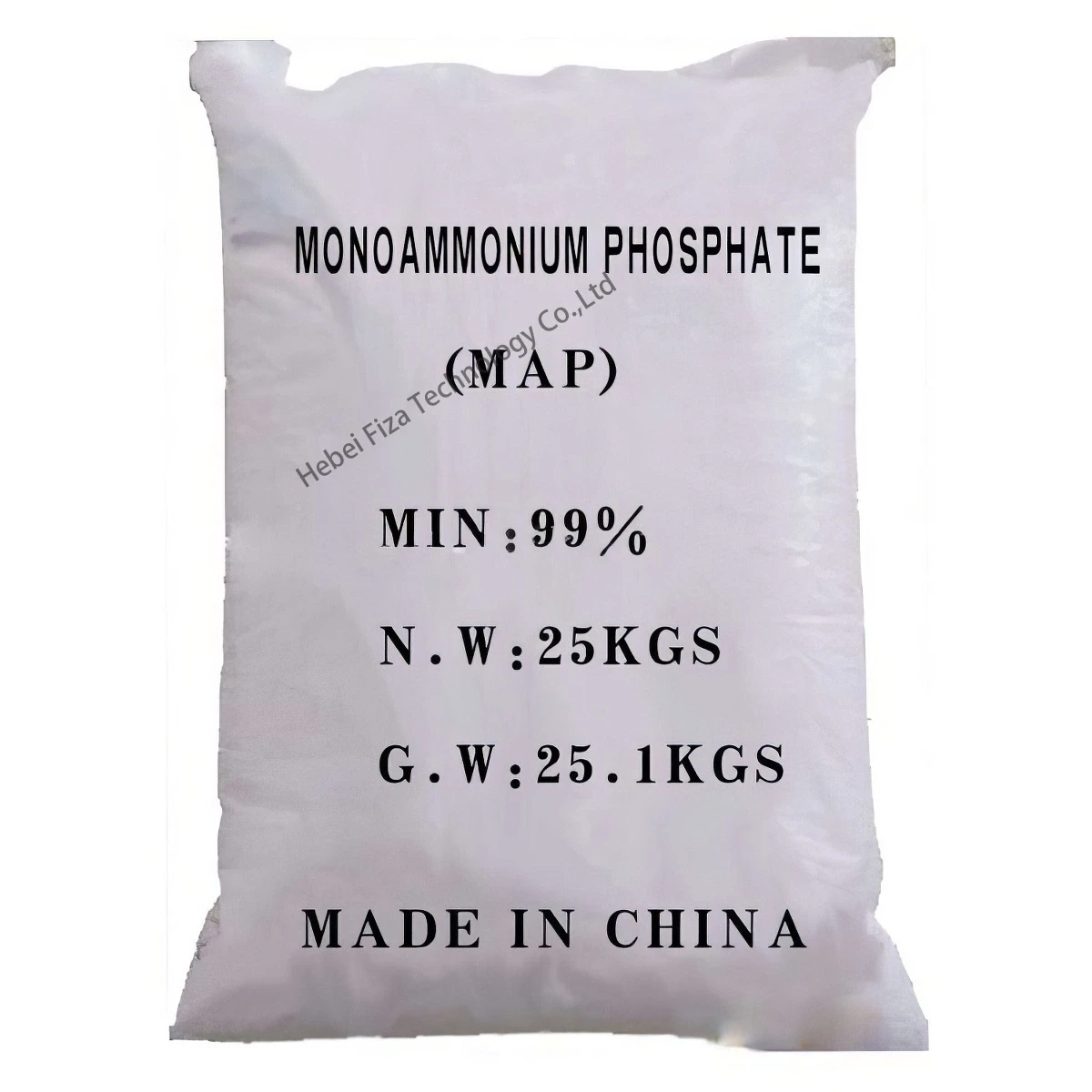



neutralizing amine in boiler feed water
Neutralizing Amine in Boiler Feed Water Importance and Applications
The use of neutralizing amines in boiler feed water plays a crucial role in steam generation systems, particularly in preventing corrosion and ensuring the longevity of boiler components. As water is heated and converted to steam, impurities within the feed water can lead to severe operational challenges. The incorporation of neutralizing amines serves as an effective chemical approach to mitigate these issues, enhancing both performance and efficiency.
Understanding Neutralizing Amines
Neutralizing amines, such as morpholine, cyclohexylamine, and diethylaminoethanol, are organic compounds specifically formulated to control pH levels in boiler systems. When added to feed water, they react with acidic species, such as carbon dioxide and oxygen, to form neutral salts. This chemical neutralization helps maintain a stable and alkaline pH environment within the boiler, which is essential for preventing corrosion on metallic surfaces. The key benefit of utilizing neutralizing amines is their ability to effectively increase the pH of water, thus reducing the corrosive effects caused by acidic conditions.
Corrosion Control in Boilers
Boiler systems are particularly susceptible to corrosion due to the high temperatures and pressures involved in steam generation. Corrosive agents present in feed water can result from the dissolution of gases like oxygen and carbon dioxide, which can lead to pitting and other forms of localized corrosion. By using neutralizing amines, operators can significantly reduce the concentration of these corrosive agents, promoting a stable, alkaline environment that mitigates the risk of corrosion. Furthermore, maintaining appropriate water chemistry helps in minimizing scale formation, which can further enhance boiler efficiency.
Applications of Neutralizing Amines
neutralizing amine in boiler feed water

Neutralizing amines are widely used across various industries that rely on steam systems, including power generation, chemical manufacturing, and food processing. In power plants, proper water chemistry is critical for optimizing performance and ensuring the safe operation of steam boilers. The addition of neutralizing amines helps enhance the lifespan of boiler components, reduce maintenance costs, and improve overall efficiency.
In chemical manufacturing, where high-purity steam is essential, neutralizing amines play a vital role in achieving stringent water quality standards. Using these amines allows manufacturers to prevent corrosion and scale formation, ensuring the smooth operation of their boiler systems. In food processing, where steam is used for cooking and sterilization, maintaining water quality is crucial for product safety and compliance with industry regulations.
The Role of Monitoring and Control
While the benefits of implementing neutralizing amines in boiler feed water systems are well-documented, continuous monitoring and control of water chemistry are imperative. Operators must regularly test pH levels and the concentration of amines in the system to ensure optimal performance. If the pH deviates from the desired range, it may indicate excessive or insufficient levels of neutralizing amines, necessitating adjustments to the feed water treatment protocol.
Incorporating automated monitoring systems can enhance the efficiency of managing amine levels and facilitate prompt corrective actions. Such systems can provide real-time data, allowing plant operators to respond quickly to any potential issues before they escalate into significant problems.
Conclusion
In summary, neutralizing amines are an indispensable component of modern boiler feed water treatment strategies. Their ability to effectively neutralize acidic conditions and control pH levels is essential for preventing corrosion and ensuring the efficient operation of boiler systems. By prioritizing the implementation of neutralizing amines and maintaining rigorous water chemistry monitoring, industries can enhance the reliability and longevity of their steam generation systems, ultimately contributing to improved operational efficiency and reduced costs.
-
Why Sodium Persulfate Is Everywhere NowNewsJul.07,2025
-
Why Polyacrylamide Is in High DemandNewsJul.07,2025
-
Understanding Paint Chemicals and Their ApplicationsNewsJul.07,2025
-
Smart Use Of Mining ChemicalsNewsJul.07,2025
-
Practical Uses of Potassium MonopersulfateNewsJul.07,2025
-
Agrochemicals In Real FarmingNewsJul.07,2025
-
Sodium Chlorite Hot UsesNewsJul.01,2025










